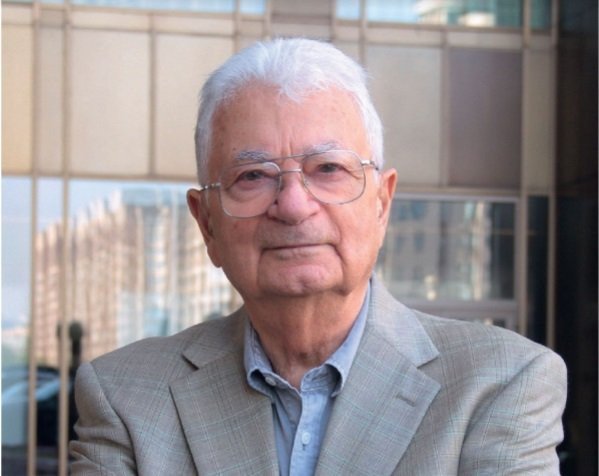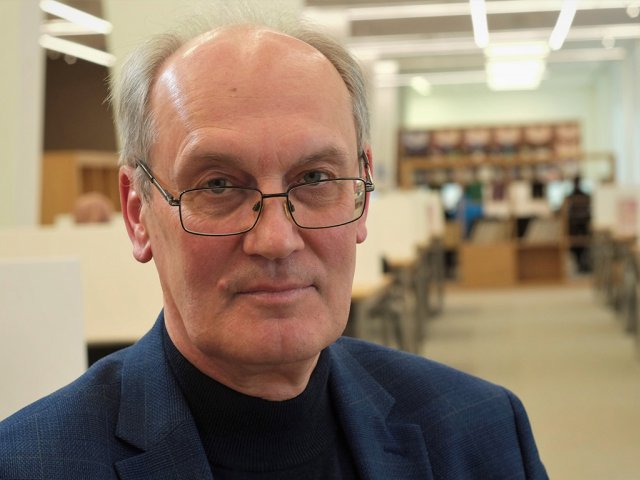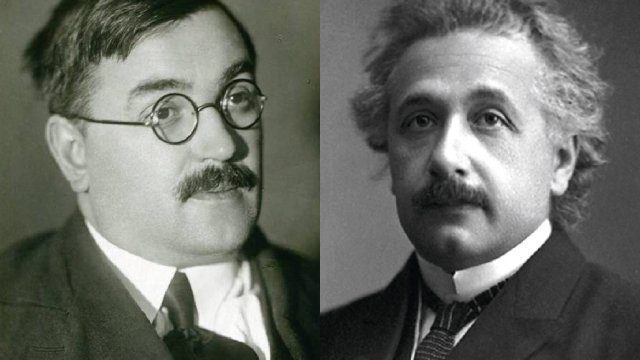Official:
Yury Tsolakovich Oganesyan. April 14, 1933. Soviet and Russian scientist, specialist in experimental nuclear physics, Academician of the Russian Academy of Sciences, Scientific Director of the Flyorov Laboratory of Nuclear Reactions at the Joint Institute for Nuclear Research in Dubna, Head of the Nuclear Physics Department at Dubna University, laureate of the USSR State Prize and the Russian State Prize. The 118th element of the Mendeleev Table is named after him.
Life and Work:
1. Yury Tsolakovich is figuratively called a man who has written letters into the crossword puzzle of nature several times. There are grounds for this beautiful phrase: Academician Oganesyan has discovered several chemical elements.
2. There are few people in the world with monuments erected during their lifetime. However, only two people in history were honored with a lifetime monument of a special kind: the elements of the Mendeleev Table were named after them. One of them is American scientist Glenn Theodore Seaborg. The second one is Academician Yury Tsolakovich Oganesyan.
3. American chemist Sherry Yennello called Oganesyan “the grandfather of superheavy elements.” Yury Tsolakovich is the author of three monographs, 11 inventions and over 300 scientific works.
4. His path to the table known to every student began in Rostov-on-Don. However, Oganesyan spent his childhood and school years in Armenia: his father was offered a job in Yerevan – to build a synthetic rubber plant.
5. The wartime childhood in Yerevan also left bright recollections: his neighbor, an evacuated artist, undertook to teach Yura to draw. The boy used to imagine his future of an artist, but his parents did not approve of his choice. Yury Tsolakovich still regrets that, offended, he burnt his drawings.
6. Silver medalist Oganesyan was about to enter an architectural university, which was more consistent with the hobby of his youth, but physicists were in favor after the war. He chose reputable Moscow Engineering Physics Institute.
7. Oganesyan was sent to Dubna through the postgraduate job assignment system. The famous JINR, the Joint Institute for Nuclear Research, was established there right in the year of his graduation.
8. Yury Oganesyan speaks well of his teacher Georgy Nikolaevich Flyorov in each of his numerous interviews. Yury Tsolakovich worked side by side with him for over three decades – at the Laboratory of Nuclear Reactions created by Flyorov. This is that very laboratory where many discoveries were made, that very laboratory that he chaired in 1988 and that now bears the name of its founder.
9. It was this laboratory specifically where the heavy elements of the periodic system, i.e., rutherfordium, dubnium, siborgium, bohrium, nihonium, livermorium, and tennessine, were discovered with the decisive participation of Yury Oganesyan. Flerovium named in memory of Oganesyan’s teacher and muscovium meant to perpetuate Moscow Region where JINR is located in its name were also discovered here.
10. The same Flyorov Laboratory of Nuclear Reactions discovered oganesson named after Academician, Honorary Doctor of several universities, laureate of many state awards Yury Tsolakovich Oganesyan.
11. “They are other people and, of course, time to assess whether your results are a major achievement,” said Yury Oganesyan in an old interview. Time and other people have appreciated the scale of Oganesyan’s achievements: he is here, in the 118th box of the Mendeleev Table. They have only replaced “ya” with “o”: element No. 118 nominally belongs to a group of noble gases where names, except that of helium, traditionally have the ending “on”: neon, argon, krypton, xenon, radon.
12. “An outstanding physicist and experimenter... his work differs in originality, and he himself – in an ability to tackle a problem from an unexpected angle and achieve the final result,” his teacher Flyorov wrote about Oganesyan.






















